These Feisty Animals Showed Humans Who’s Really in Charge
Wild creatures usually keep their distance, but sometimes their unexpected moves stun people. Certain incidents have even left towns repairing damage and researchers rethinking methods. We’ve compiled moments when animals proved how easily human plans can be overturned by their unexpected behavior.
Tiger With A Long Memory
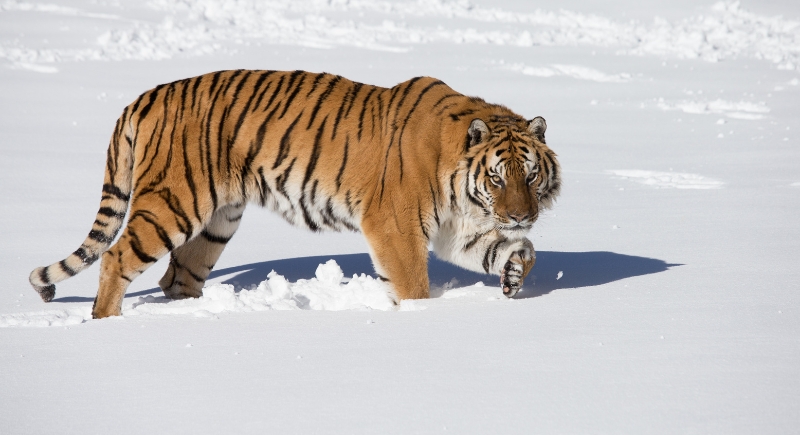
Credit: Getty Images
In Russia’s Far East, a poacher hit a Siberian tiger and took its product. Instead of moving on, the tiger tracked him down and surprised him at his cabin. Locals later reported that tigers in this region are known for unusually calculated retaliation, which many scientists attribute to their remarkable intelligence and strong territorial instincts.
Revenge Of The Parking Lot Dogs
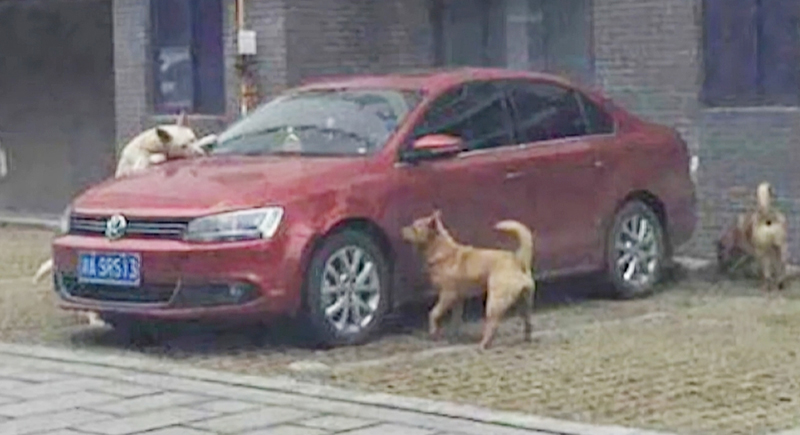
Credit: Youtube
In Chongqing, a man kicked a stray dog that wandered near his car. The animal limped away but returned later with several other dogs. They chewed off wipers, scraped paint, and left dents across the car overnight.
Elephants Who Wouldn’t Forgive
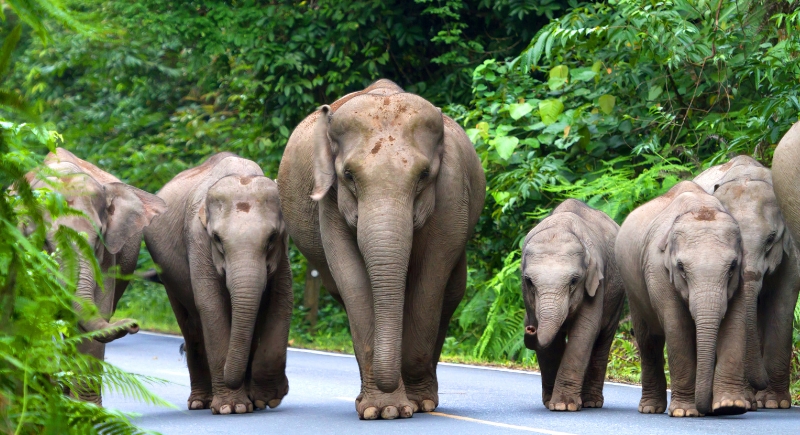
Credit: Getty Images
A herd in eastern India stood by train tracks after one of its members was struck. When villagers tried to scare them off, the elephants charged into a nearby settlement. There, they flattened huts and overturned storage carts.
Leopard Didn’t Like Relocation
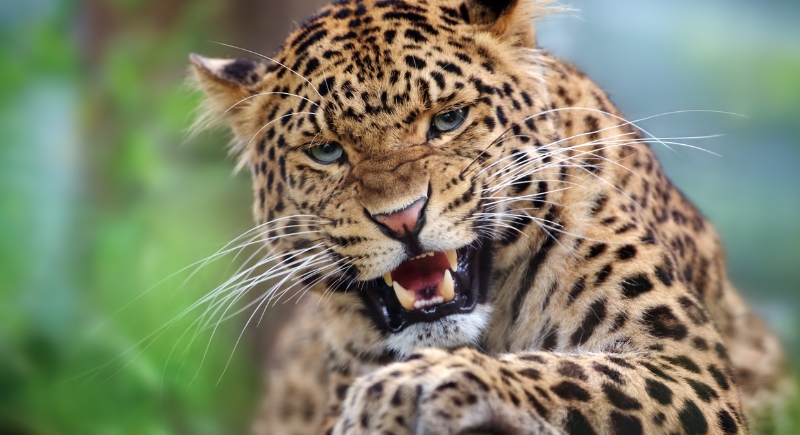
Credit: Getty Images
Rangers tried to move a leopard to a safer reserve in Kenya. They poked her repeatedly with a stick when she hesitated inside a transport crate. Instead of running off once free, she leapt at the man holding the stick.
Crows Who Spread The Word
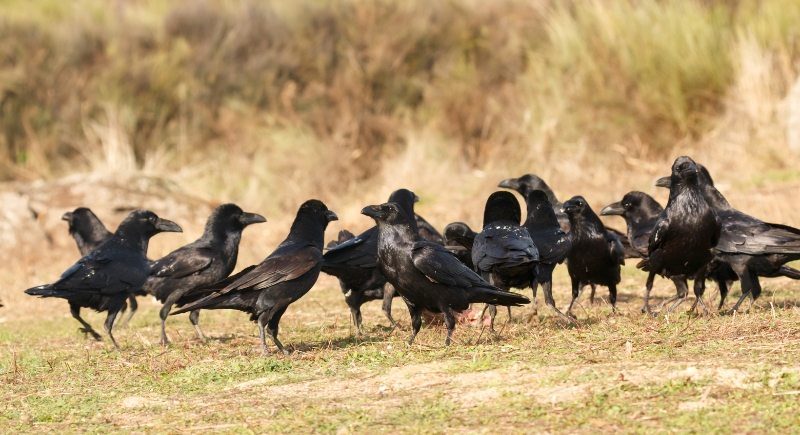
Credit: Canva
Researchers in Seattle tagged wild crows for a study and wore the same rubber masks while doing so. Years later, even young crows dive‑bombed anyone in those masks. Field notes documented how the birds had passed knowledge of that threat through generations.
Emus Who Outsmarted Soldiers
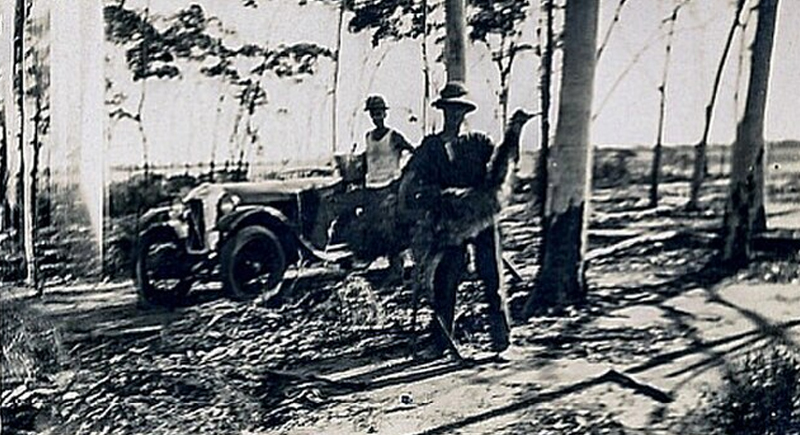
Credit: Wikimedia Commons
In Western Australia during the 1930s, farmers called for help to stop emus from ruining crops. Troops with shields couldn’t contain them. The birds scattered, regrouped, and kept raiding fields. The campaign became known as the “Emu Conflict,” a public example of how human tactics sometimes fail against adaptive wildlife.
Octopus Who Picked A Favorite Target
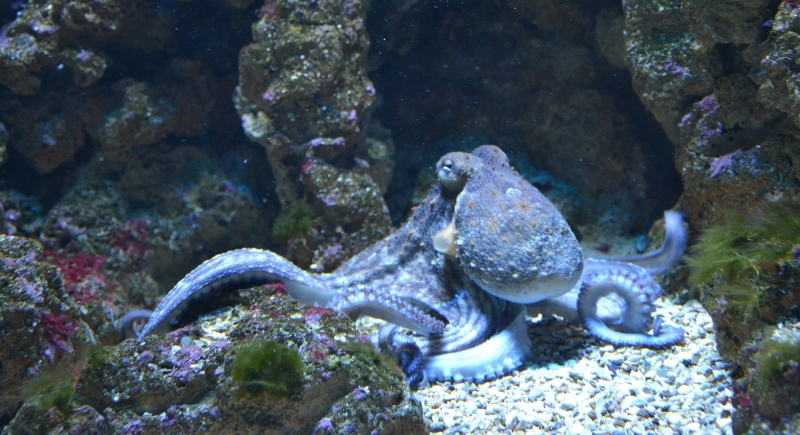
Credit: pixabay
Octopuses often recognize faces and develop preferences, and Truman’s story proves that. At the New England Aquarium, a volunteer noticed that Truman the octopus would squirt water only at her. Staff found no sign of provocation; he simply aimed with uncanny precision whenever she appeared. Marine biologists remarked that
Orcas That Made Waves
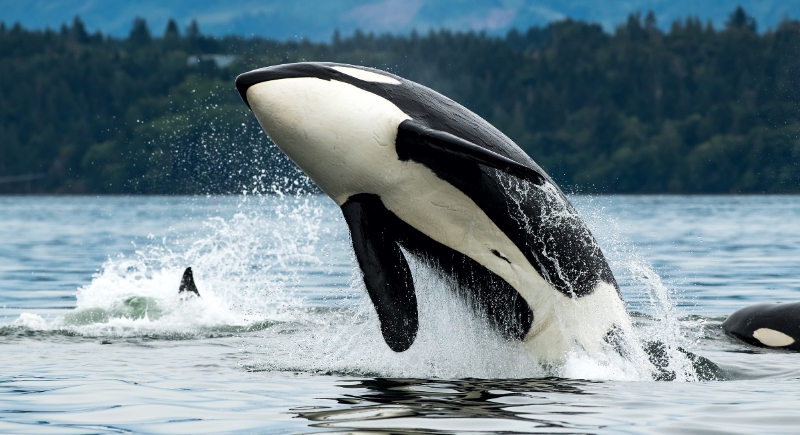
Credit: Getty Images
Off Spain and Portugal in 2023, pods of orcas began ramming rudders of passing boats, and some small vessels sank. Reports suggested a matriarch named White Gladis may have been injured by a vessel earlier, inspiring others in her pod to target similar boats in coastal waters.
Otter Who Stole Surfboards
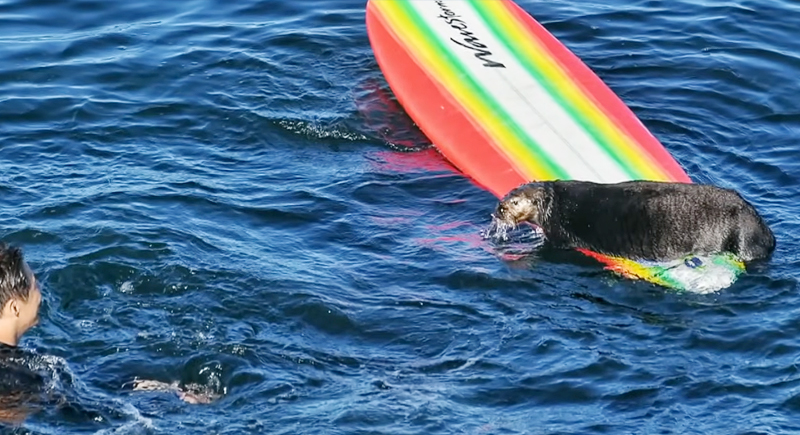
Credit: Youtube
Surfers off Santa Cruz, California, were startled by a sea otter climbing onto their boards. She, known as Otter 841, grabbed boards, bit leashes, and once even rode a wave. Wildlife officials traced her history and discovered she’d been born in captivity and released.
Whale Who Ruled A Strait
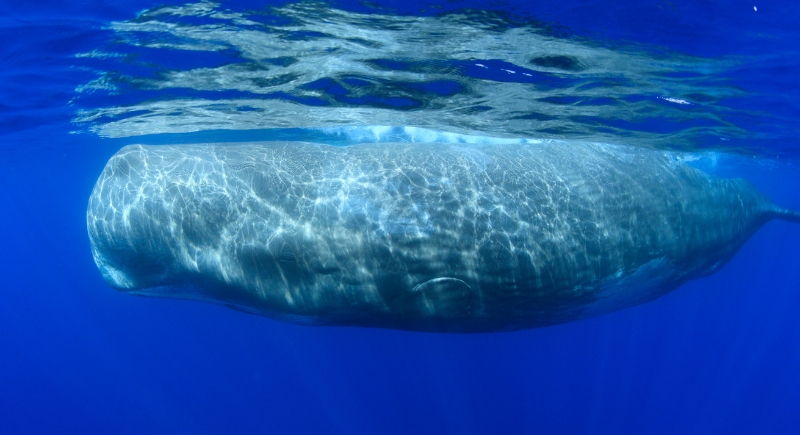
Credit: Getty Images
Centuries ago, sailors spoke of Porphyrius, a huge whale that roamed the waters between the Black and Aegean Seas. Records from Byzantium describe dozens of ships sunk or damaged over decades. Historians note that unusual whale behavior sometimes coincided with shifts in prey populations.
Skuas With Sharp Memories
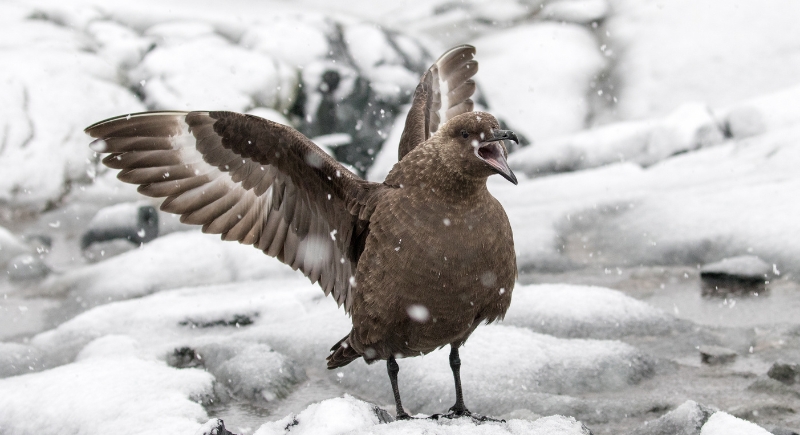
Credit: Getty Images
Antarctic researchers on King George Island approached seabird nests for data collection. Soon, skuas swooped at them and even recognized particular jackets worn on previous visits. The scientists changed clothing and adjusted routines, yet it continued. Notes from those expeditions detail how these birds visually identify threats.
Geese Who Saved A City
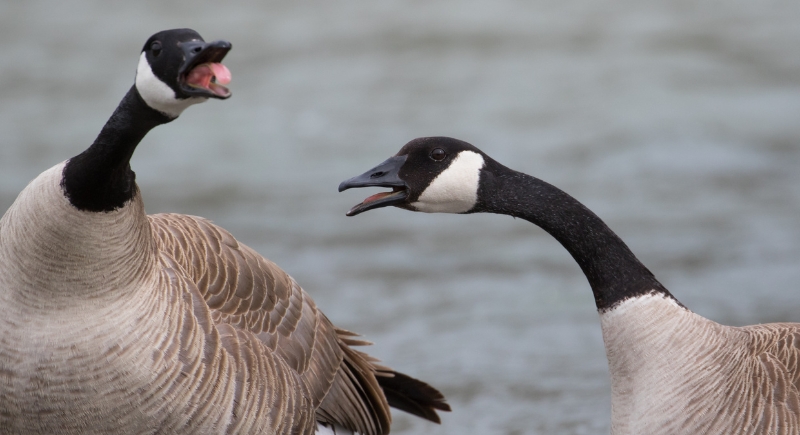
Credit: Getty Images
Ancient Roman records tell of geese on Capitoline Hill raising an alarm during a nighttime raid by Gauls. Their honking woke guards in time to fend off. Historians still cite this event when discussing unexpected factors in conflict to show how even common animals can alter human history without intending to.
Crocodile With A Reputation
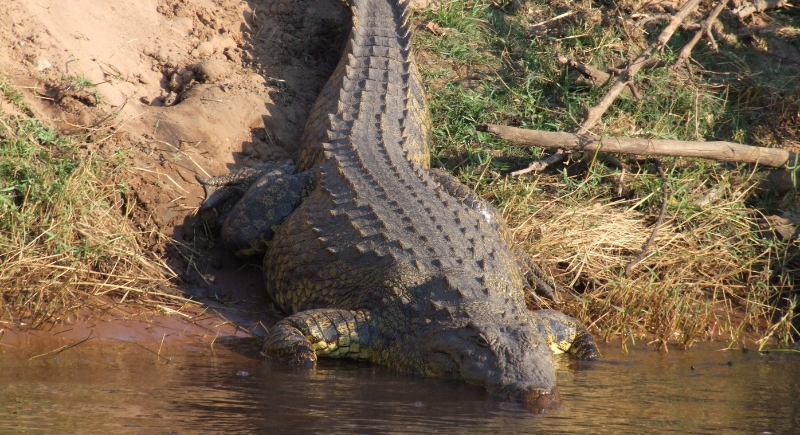
Credit: pixabay
In Burundi, a giant crocodile known as Gustave terrorized villages along Lake Tanganyika. Locals attributed more than 300 cases to him over the decades. Wildlife teams tried repeatedly to capture him, setting traps and using bait, but he evaded all efforts. This made him the subject of documentaries and ongoing conservation debates.
Monkeys Who Targeted A City
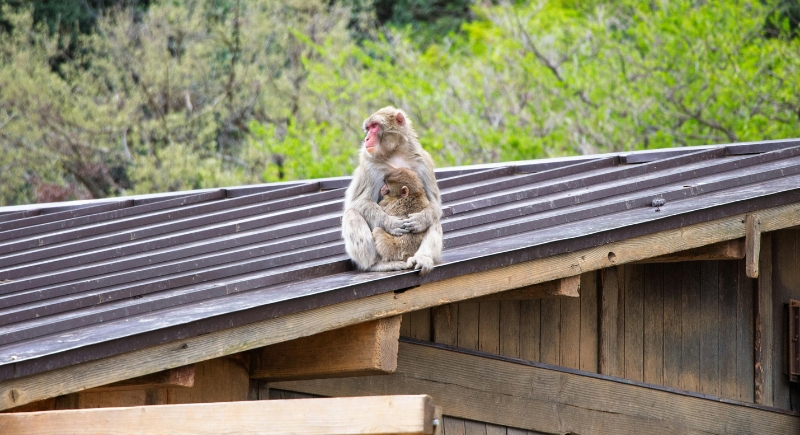
Credit: pexels
Residents in Yamaguchi, Japan, reported macaques entering homes, scratching people, and even attempting to grab infants. Officials set traps with food, yet the primates avoided them, suggesting their motives went beyond hunger. Local newspapers documented community meetings and safety patrols.
Birds Who Wouldn’t Forget
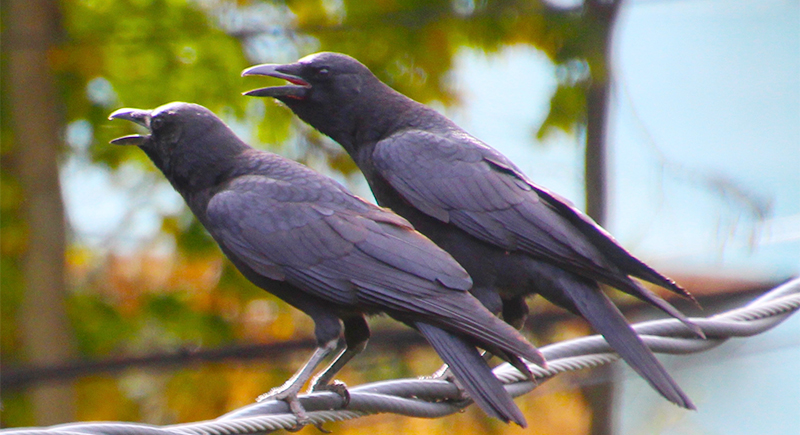
Credit: iStockphoto
Researchers from Washington State noted that certain crow groups taught others which vehicles carried mist nets used for capture. Months after a tagging project ended, those same cars drew angry cawing and aerial dives whenever parked nearby.